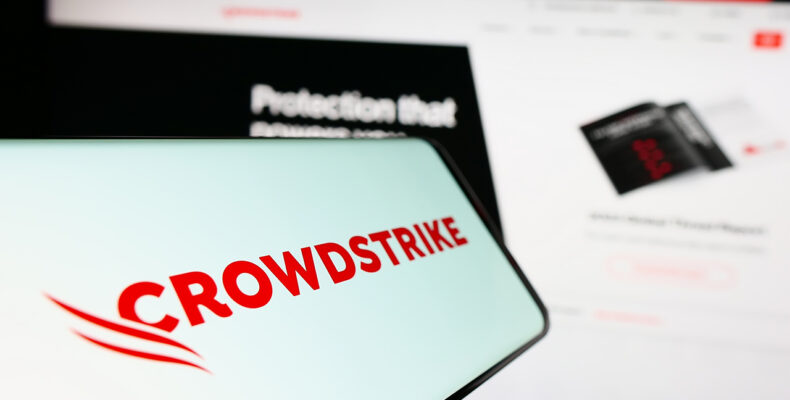In today’s digital landscape, securing your website is more critical than ever. The recent CrowdStrike outage, which caused major disruptions in cybersecurity services, highlights the necessity of robust security measures. This is especially crucial for widely used platforms like WordPress.
The Importance of WordPress Security
WordPress powers over 40% of all websites on the internet, making it a prime target for cyberattacks. Ensuring your WordPress site is secure is crucial not only for protecting your data but also for safeguarding your reputation and maintaining the trust of your visitors.
Lessons from the CrowdStrike Outage
Today’s CrowdStrike outage, a significant event in the cybersecurity landscape, disrupted services for many users and highlighted several key points about the necessity of strong security practices:
- No System is Immune:
- CrowdStrike is a leading cybersecurity firm, yet even they experienced a critical outage. This emphasizes that no system is entirely immune to threats and outages.
- Impact on Users:
- The outage affected numerous customers who rely on CrowdStrike for protection against cyber threats. Similarly, a security breach on your WordPress site can impact all your users, leading to data theft, financial loss, and reputational damage.
- Communication is Key:
- CrowdStrike’s response to the outage, including timely updates and clear communication, was crucial in managing the situation. This underlines the importance of having a response plan in place, which includes informing your users promptly about any security issues.
Key Areas to Focus on for WordPress Security
- Regular Updates:
- Why? Outdated plugins, themes, and core files are common entry points for attackers.
- Action: Ensure all components of your WordPress site are updated regularly to patch any known vulnerabilities.
- Strong Passwords and User Permissions:
- Why? Weak passwords and excessive user permissions can lead to unauthorized access.
- Action: Enforce strong password policies and review user roles to ensure they have the minimum necessary permissions.
- Security Plugins:
- Why? Security plugins can provide additional layers of protection against common threats.
- Action: Use reputable security plugins like Wordfence, Sucuri, or iThemes Security to enhance your site’s defenses.
- Regular Backups:
- Why? In the event of a breach, backups can help restore your site quickly.
- Action: Implement regular backup routines and store backups securely offsite.
- SSL Certificates:
- Why? SSL certificates encrypt data transmitted between your site and its visitors, protecting sensitive information.
- Action: Ensure your site has a valid SSL certificate and that it is configured correctly.
- Monitoring and Logging:
- Why? Continuous monitoring and logging can help detect and respond to threats in real-time.
- Action: Use monitoring tools to keep an eye on your site’s activity and review logs regularly for any suspicious behavior.
Implementing a Security-First Approach
- Conduct Regular Security Audits:
- Perform comprehensive security audits to identify and mitigate potential vulnerabilities.
- Educate Your Team:
- Ensure that everyone involved with your website understands the importance of security and follows best practices.
- Have a Response Plan:
- Develop and maintain a detailed incident response plan to handle potential security breaches effectively.
Conclusion
The CrowdStrike outage serves as a critical reminder of the ever-present threat of cyberattacks and the importance of robust security measures. For WordPress users, implementing a security-first approach is vital to protect your website, your data, and your users. By focusing on regular updates, strong passwords, security plugins, and continuous monitoring, you can significantly reduce the risk of a security breach and ensure your site remains safe and secure.

